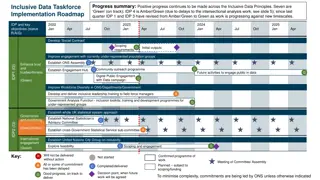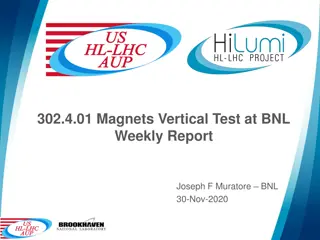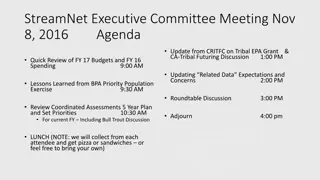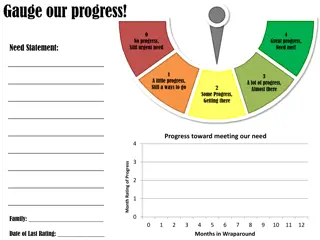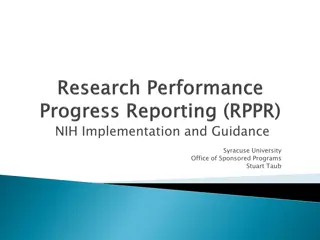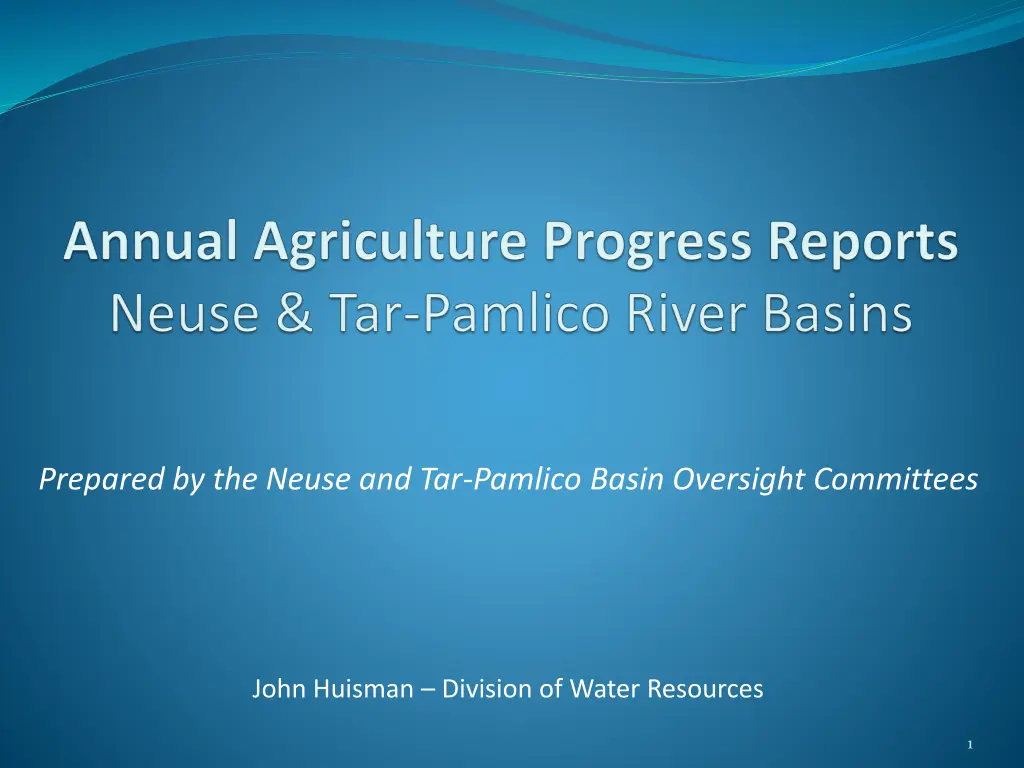
Nutrient Management Strategies in Neuse & Tar-Pamlico Basins
Explore the nutrient management history, agricultural rules, oversight committees, and EMC-approved accounting methods in the Neuse and Tar-Pamlico river basins. Learn about the initiatives to decrease nutrient loading and achieve water quality standards effectively.
Download Presentation

Please find below an Image/Link to download the presentation.
The content on the website is provided AS IS for your information and personal use only. It may not be sold, licensed, or shared on other websites without obtaining consent from the author. If you encounter any issues during the download, it is possible that the publisher has removed the file from their server.
You are allowed to download the files provided on this website for personal or commercial use, subject to the condition that they are used lawfully. All files are the property of their respective owners.
The content on the website is provided AS IS for your information and personal use only. It may not be sold, licensed, or shared on other websites without obtaining consent from the author.
E N D
Presentation Transcript
Prepared by the Neuse and Tar-Pamlico Basin Oversight Committees John Huisman Division of Water Resources 1
Nutrient Management History Tar-Pamlico / Neuse WQ Impairment Neuse & Tar-Pam Estuaries Exceeding Chl-a standard Nutrient Management Strategies for each basin Address Point & Nonpoint Sources Goal Decrease nutrient loading - Achieve Chl-a standard Effective Dates Neuse: (1998), Tar-Pam (2001) 3
Neuse & Tar-Pamlico Agriculture Rule Overview Rule Effective August 1998 (Neuse) & September 2001 (Tar-Pam) Collective Compliance Approach Goal 30% Reduction in Nitrogen Load from Baseline Tar-Pam: No Increase in Phosphorus Load Baseline 1991-1995 (Neuse) & 1991 (Tar-Pam) Basin Oversight Committees & Local Advisory Committees Develop accounting tools, track & report progress Assist with implementation 4
Basin Oversight Committees (BOC) Representatives Division of Soil and Water Conservation US Department of Agriculture Natural Resources Conservation Service NC Department of Agriculture & Consumer Services NC Cooperative Extension Division of Water Quality Environmental General Farming Pasture-Based Livestock Scientific Community 5
EMC-Approved Accounting Methods 1. Cropland Nitrogen Loss NLEW Tool 2. Phosphorus Loss Qualitative Indicators 6
Cropland Nitrogen Accounting N Loss Estimation Worksheet (NLEW) Empirical Spreadsheet-based Model Developed by DWQ, NRCS, NCSU, and others Estimates Nitrogen Loss from Cropland Ag Compare baseline loss to current crop year Loss Estimates at County Scale Data Collected Annually Number of Acres / Type of Crop Fertilization Rates BMPs implemented 7
Neuse Estimated N Loss Reductions 2012 Reported N Loss Reduction 35% 48% 53% 77% 47% 46% 51% 40% 16% 67% 51% 26% 57% 47% 72% 53% 40% 2013 Reported N Loss Reduction 38% 44% 56% 76% 53% 37% 52% 22% -3% 57% 56% 26% 58% 37% 58% 47% 31% County Carteret Craven Durham Franklin Granville Greene Johnston Jones Lenoir Nash Orange Pamlico Person Pitt Wake Wayne Wilson 45% 38% Total 8
Tar-Pamlico Estimated N Loss Reductions 2012 Reported N Loss Reduction 36% 37% 72% 54% 44% 33% 28% 70% 66% 53% 68% 67% 33% 47% 2013 Reported N Loss Reduction 32% 36% 71% 53% 34% 30% 25% 65% 65% 40% 61% 63% 33% 42% County Beaufort Edgecombe Franklin Granville Halifax Hyde Martin Nash Person Pitt Vance Warren Washington Wilson 46% 43% Total 9
Phosphorus Accounting Method Tar-Pamlico & Falls Developed by Joint Technical Committee EMC approved in 2005 Qualitative Indicator Trends 9 indicators qualitatively assess risk of P loss Baseline vs. Current Crop Year Characterize changes in land use and management 10
Phosphorus Loss Tracking: Tar-Pamlico 2013 P Loss Indicators CY2013 P Loss Risk +/- Percent 91- 13 change -13% Parameter Units Baseline 1991 807,026 CY2013 716,289 Agricultural Land Acres - Cropland conversion (to grass & trees) CRP / WRP (cumulative) Conservation tillage 660 46,647 6,314% Acres - 19241 41,833 117% Acres - 41,415 52,185 13% Acres - Vegetated buffers (cumulative) Water Control Structures (cumulative) 50,836 218,236 317% Acres - Acres affected - 52,984 90,356 68% 13,272 92,269 451% Scavenger Crop Acres - Animal waste P lbs of P/ yr 13,597,734 16,880,526 22% + Soil test P median P index 83 85 2.4% + 11
Looking forward Funding for staff is critical, without which tasks would fall to the voluntary LACs & Oversight Committees for data compilation; staff also needed for BMP installation Committees will continue working with LACs and farmers to implement the rules and adopt nutrient-reduction BMPs Committees will continue to review data from all studies to incorporate into the process 12
Questions 13












